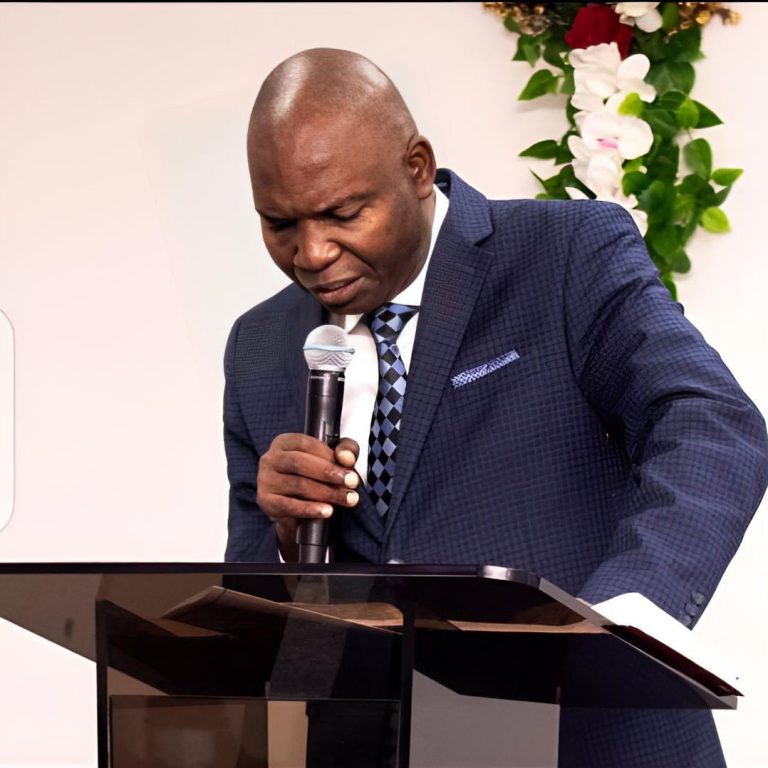Mastering Communication: Five Essential Strategies

In the ever-evolving landscape of human interaction, communication remains the cornerstone of success in both personal and professional spheres. The art of conveying ideas with clarity, empathy, and persuasion is not merely a gift possessed by a fortunate few; it is a skill that can be honed with deliberate practice and mindful engagement. Here, we explore five indispensable strategies to master the nuances of communication.
- Embrace Active Listening
At the heart of effective communication lies the art of active listening. This involves more than simply hearing words; it requires a concerted effort to understand the underlying messages, emotions, and intentions of the speaker. To listen actively, one must maintain eye contact, nod affirmatively, and refrain from interrupting. It is equally vital to ask pertinent questions that demonstrate genuine interest and provide feedback that reflects comprehension. By prioritising active listening, one fosters an environment of mutual respect and understanding, paving the way for more meaningful exchanges.
- Cultivate Empathy
Empathy, the ability to understand and share the feelings of another, is a cornerstone of profound communication. By placing oneself in another’s shoes, one can better appreciate their perspectives and respond with appropriate sensitivity. Empathetic communication involves recognising verbal and non-verbal cues, acknowledging emotions, and responding with compassion. This approach not only strengthens interpersonal relationships but also mitigates conflicts, as individuals feel valued and understood.
- Hone Your Non-Verbal Communication
While words are the primary vehicle of communication, non-verbal cues often convey far more than spoken language. Gestures, facial expressions, posture, and tone of voice all contribute to the message being delivered. To master non-verbal communication, one must be acutely aware of these signals and ensure they are congruent with the verbal message. For instance, maintaining an open posture and steady eye contact conveys confidence and sincerity, while a warm tone can soften even the most challenging conversations. Mastery of non-verbal communication enhances clarity and reinforces the intended message.
- Develop Clarity and Brevity
In a world inundated with information, the ability to articulate thoughts with clarity and brevity is invaluable. Clear communication involves the precise selection of words, structured sentences, and logical flow. Brevity, on the other hand, requires distilling the message to its essence without sacrificing substance. To achieve this, one must plan the message beforehand, avoid jargon, and be mindful of the audience’s knowledge level. Practising these principles ensures that the message is not only understood but also retained by the audience.
- Seek Constructive Feedback
The path to communication excellence is paved with feedback. Actively seeking constructive criticism from peers, mentors, or even the audience allows one to identify strengths and areas for improvement. This feedback should be approached with an open mind and a willingness to adapt. Whether it pertains to public speaking, writing, or interpersonal interactions, feedback provides invaluable insights that guide one’s journey towards communication mastery.













